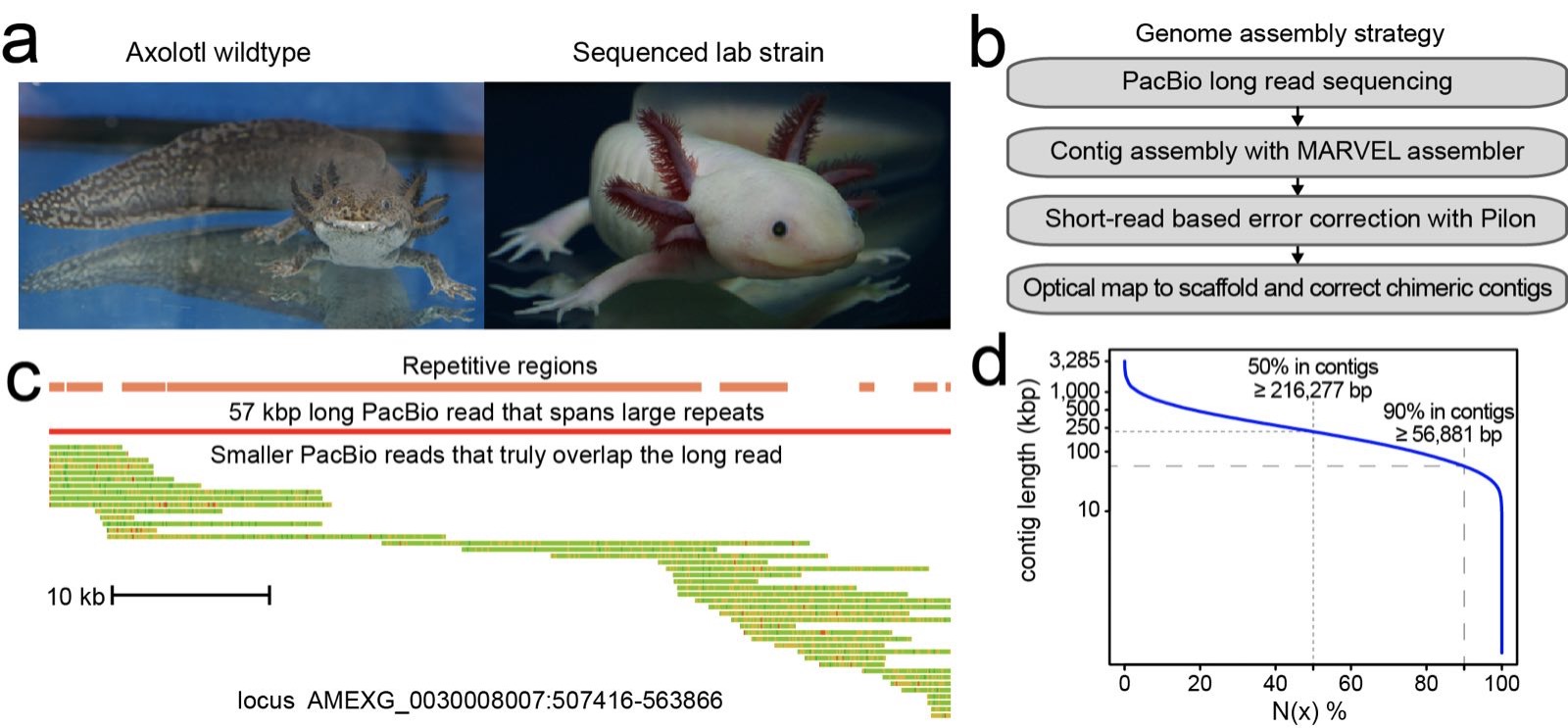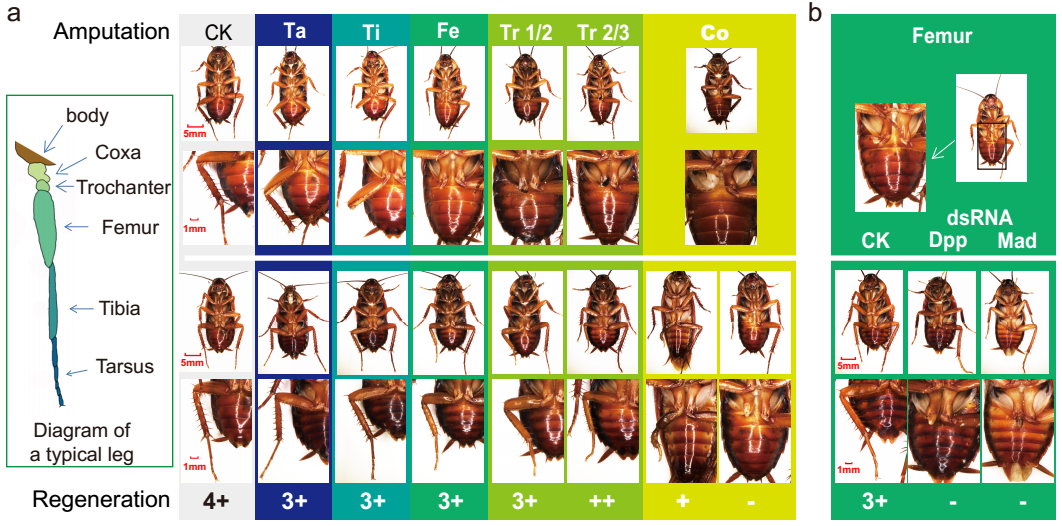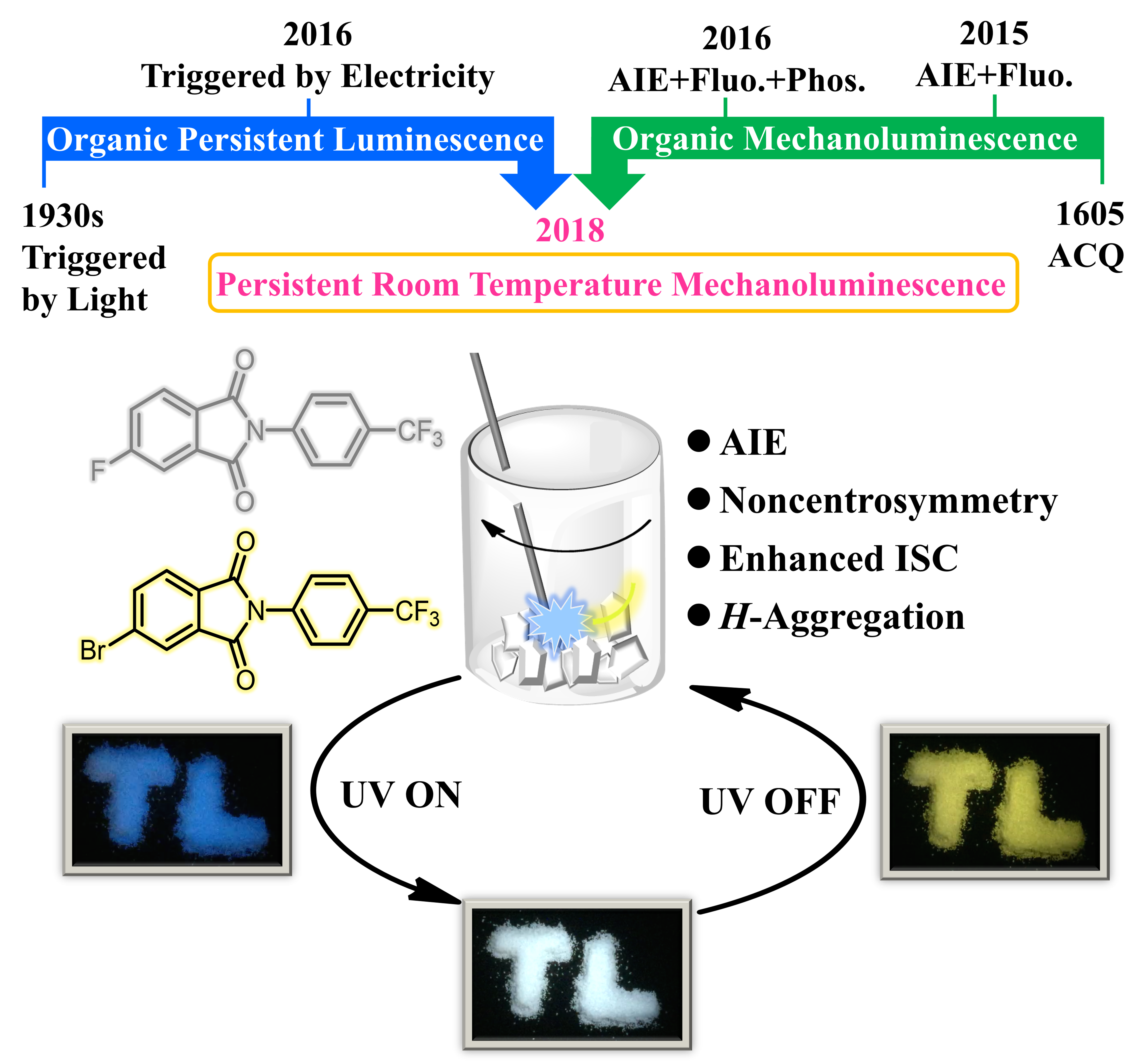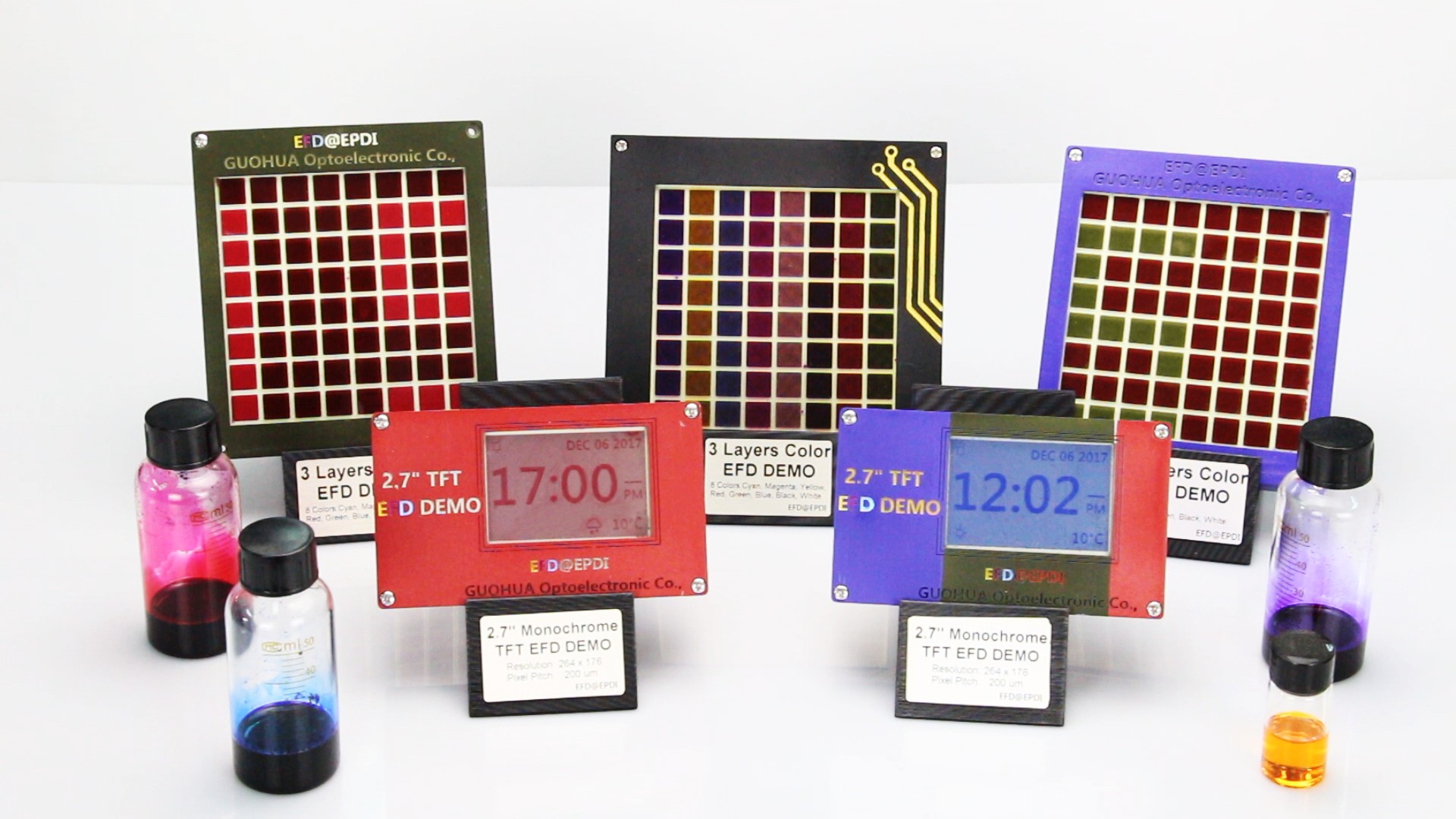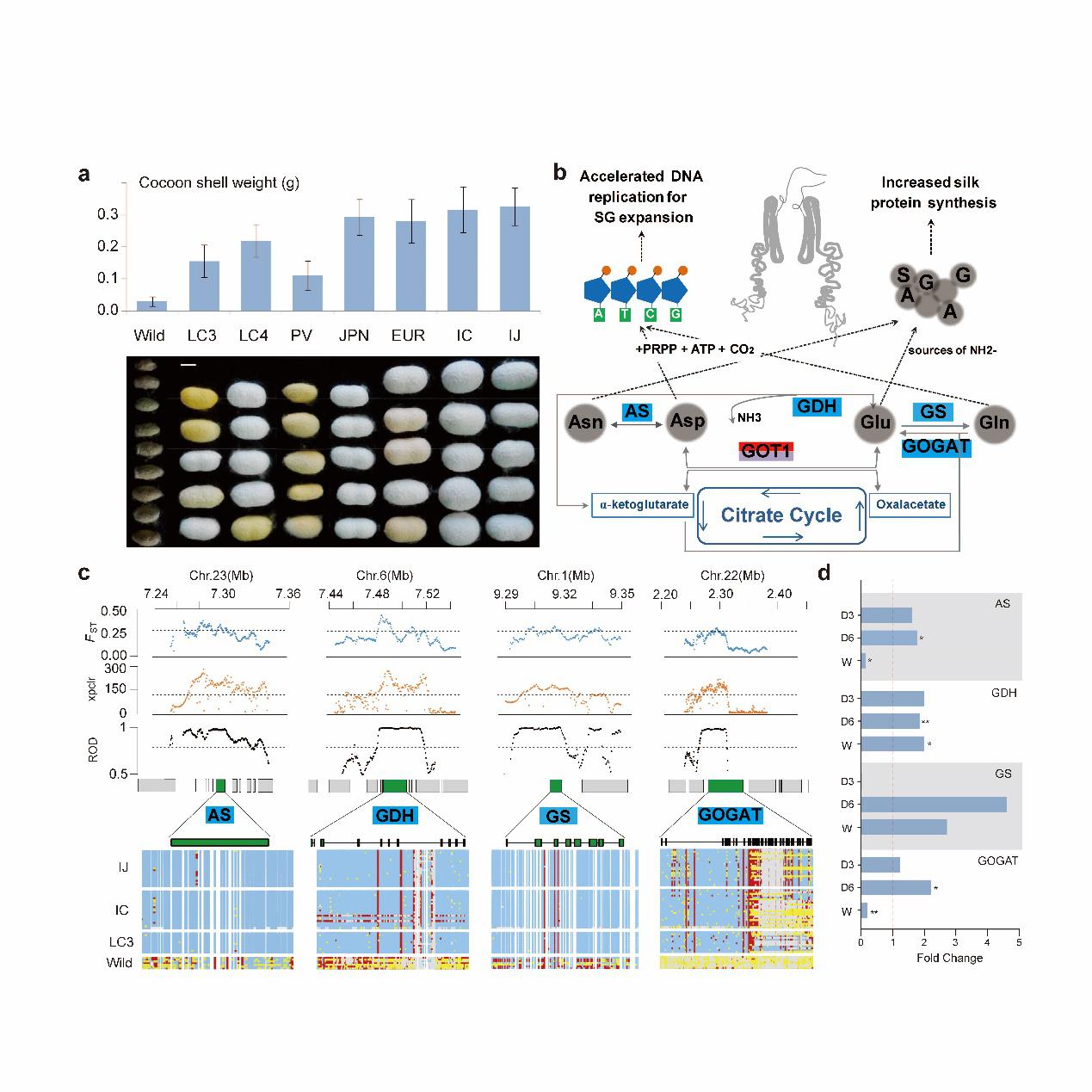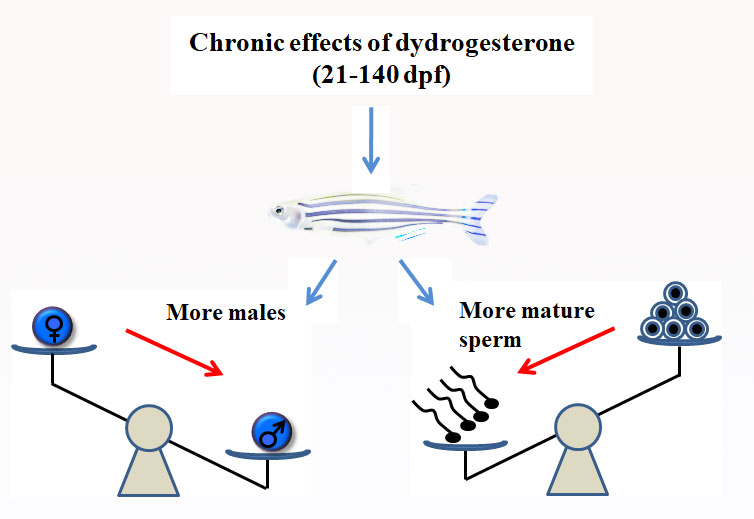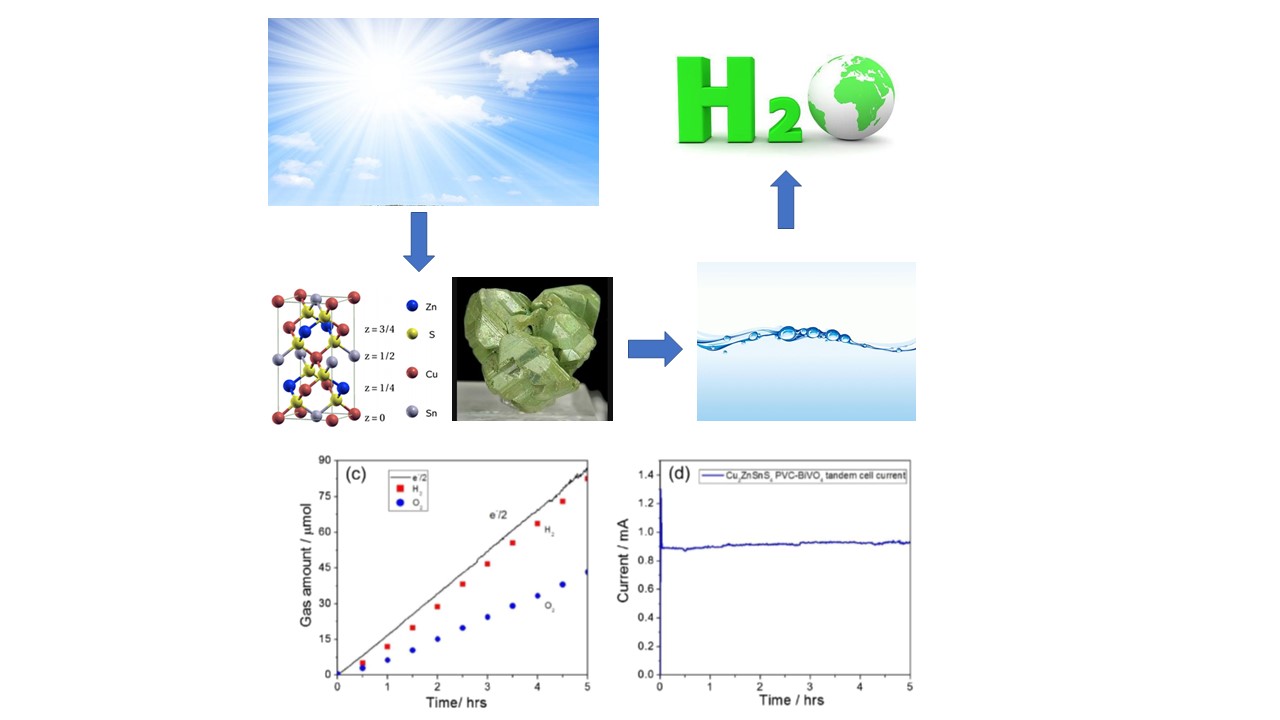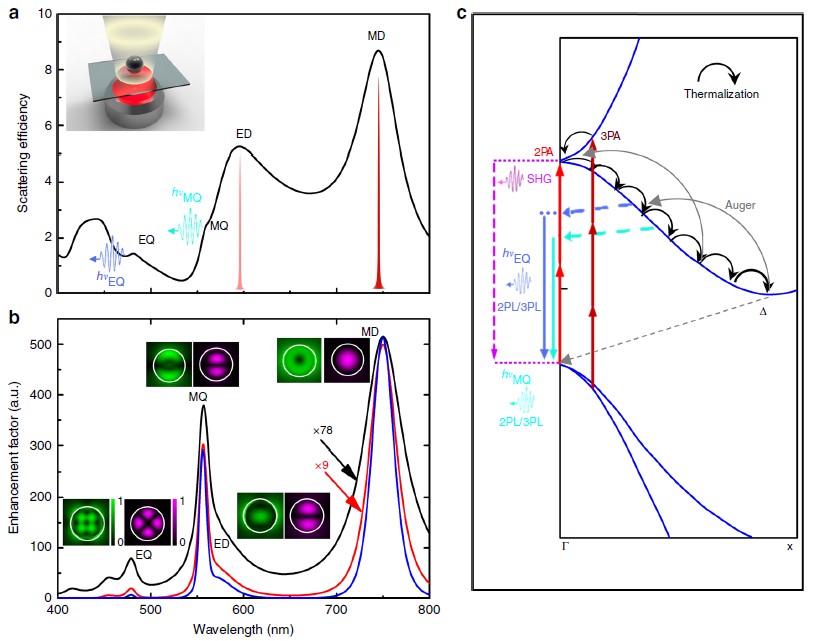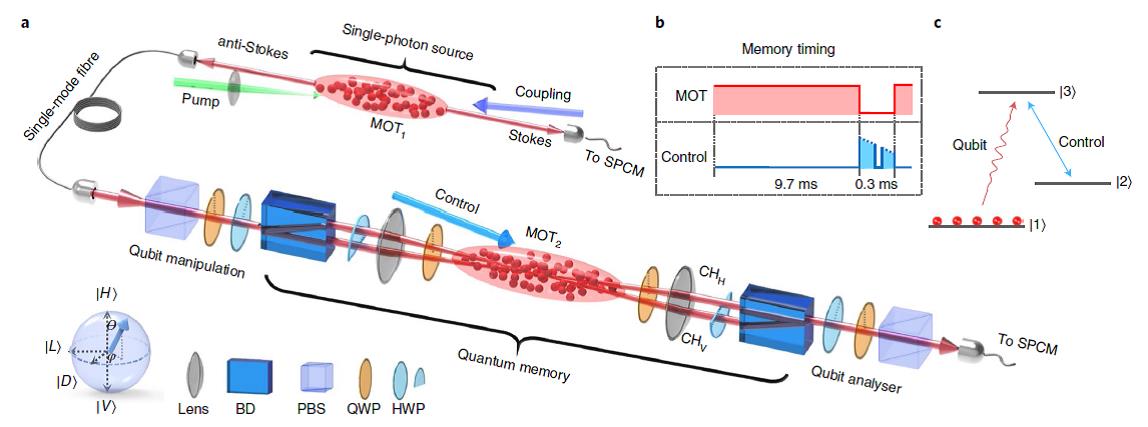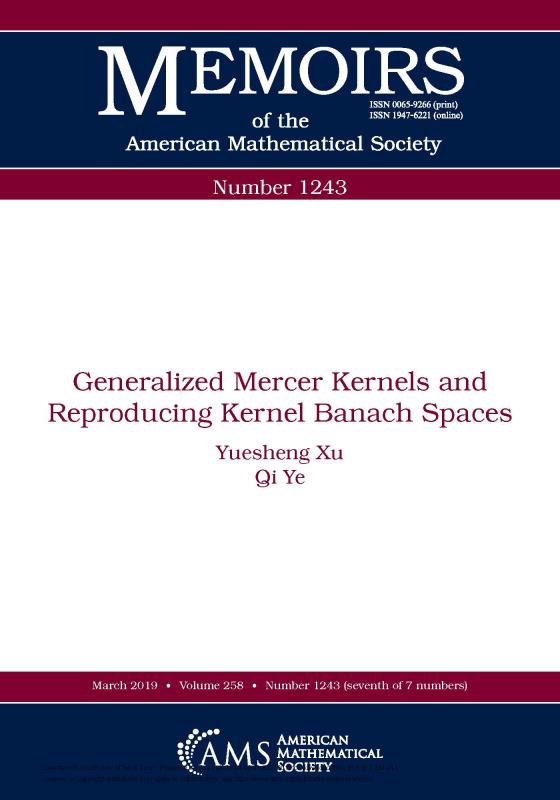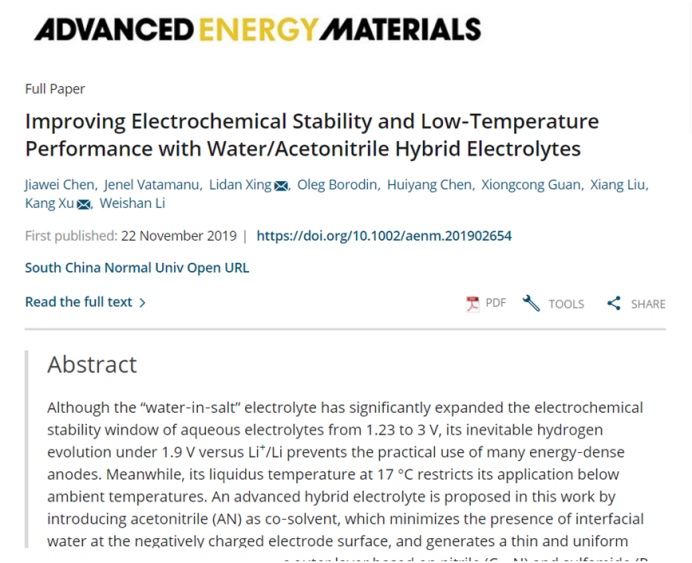
Likes
Lithium-ion batteries are widely used in various applications, from mobile phones to laptops and new energy vehicles, because of their advantages such as high energy density and long cycle life. However, lithium-ion batteries can catch fire or even explode under abusive or extreme conditions (e.g. high temperatures, overcharging). This safety problem has become a major obstacle, hindering the development of lithium-ion batteries for large-scale, high-energy development. Solving the safety problems of lithium-ion batteries is extremely urgent.

The National Engineering Research Center has always shown interest in lithium-ion battery safety research. It has also published a series of research results in improving the safety performance of lithium-ion batteries. Recently, the director of the center, Professor Li Weishan, published a research paper in Advanced Energy Materials. The title of their paper is “Improving Electrochemical Stability and Low-Temperature Performance with Water/Acetonitrile Hybrid Electrolytes.” Li, together with his team, proposes using the non-flammable acetonitrile (AN) as co‐solvent, which minimizes the presence of interfacial water at the negatively charged electrode surface, to replace traditional flammable carbonate organic solvents. They believe it can help to solve the safety problems of flammable and explosive lithium-ion batteries.
The project adds the acetylene co-solvent while improving the concentration of lithium salt. On the basis of ensuring that the battery is not inflammable, it significantly suppresses water reduction and expands the electrochemical stability window. Thanks to the low freezing point (−48 °C) and low viscosity of AN, the hybrid electrolyte is highly conductive in a wide temperature range. It is a brand new system of high energy density aqueous batteries.
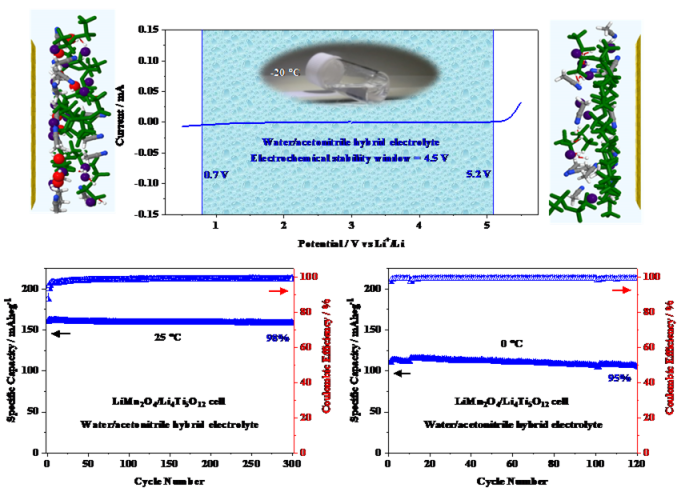
South China Normal University is the first organization of the thesis. Chen Jiawei, a master's student at the School of Chemistry, is the first author of the paper, with Xing Lidan and Xu Kang as co-corresponding authors. The research was funded by the National Natural Science Foundation of China and the Guangdong Provincial Outstanding Youth Fund.
Translated by: Tan Yanping
Proofread by: Edwin Baak
Reviewed by: Li Jianru
What to read next:
